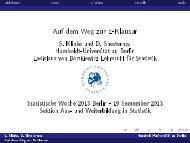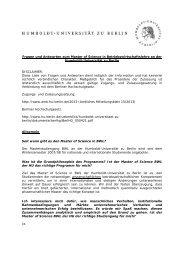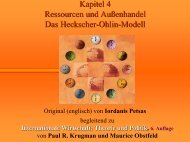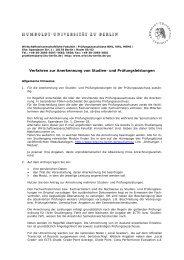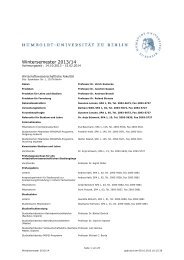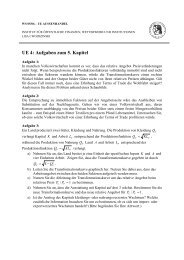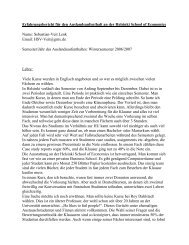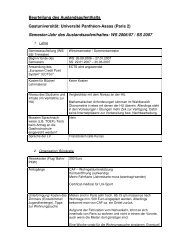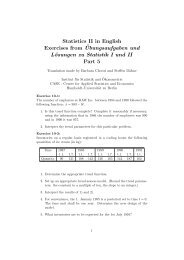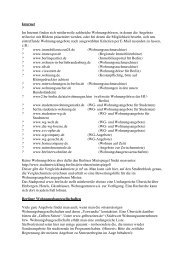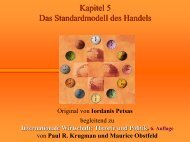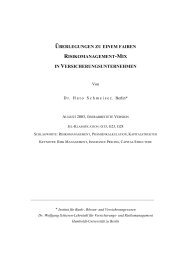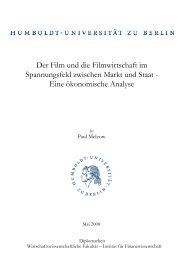Master Thesis - Humboldt-Universität zu Berlin
Master Thesis - Humboldt-Universität zu Berlin
Master Thesis - Humboldt-Universität zu Berlin
You also want an ePaper? Increase the reach of your titles
YUMPU automatically turns print PDFs into web optimized ePapers that Google loves.
the households behavior with respect to consumption, investment, and labor<br />
supply decisions.<br />
3 Literature<br />
From the modeling perspective, NOEM can be seen as an extensions on a New<br />
Keynesian closed economy (e.g. Gali (2002)). It uses microeconomic RBC<br />
methodology to model the optimization function of the representative agent<br />
and expectations, as well as nominal and real rigidities to model frictions in<br />
the market. The theoretical foundations of the NOEM differ mainly with<br />
respect to the assumptions of the price setting mechanism for exported and<br />
imported goods, the nature of the goods being traded and their distribution<br />
in the domestic market, the nature of the international capital markets,and<br />
the consumer bias for domestically vs. imported goods. In addition, different<br />
stochastic shocks complement the DSGE models to explain the fluctuations<br />
in the main economic indicators.<br />
The challenge to match New Keynesian models to the empirical evidence has<br />
prompted academics and researchers to look for adequate optimization tools<br />
that can fully account for the data. Building on Leeper and Sims’s (1994) fullinformation<br />
maximum-likelihood methods and Schorfheide’s (2000) Bayesian<br />
techniques, Smets and Wouters (2003) successfully estimate an optimizationbased<br />
DSGE model of the Euro Area. Significant contribution is brought by<br />
Christiano, Eichenbaum, and Evans (2005) in explaining the monetary policy<br />
shocks. Similar achievements contributed to the DSGE models being used<br />
intensively for the analysis of the optimal monetary policy and of international<br />
policy coordination.<br />
While closed economy studies have been quite abundant, there is relatively<br />
little empirical work on open economy. Recently, Bergin (2004) developed a<br />
two-country model that combines features of international real business cycle<br />
models with the NOEM; Adolfson, Laséen, Lindé, and Villani (2005) extend<br />
a model with imperfect international risk sharing that follows the framework<br />
7



